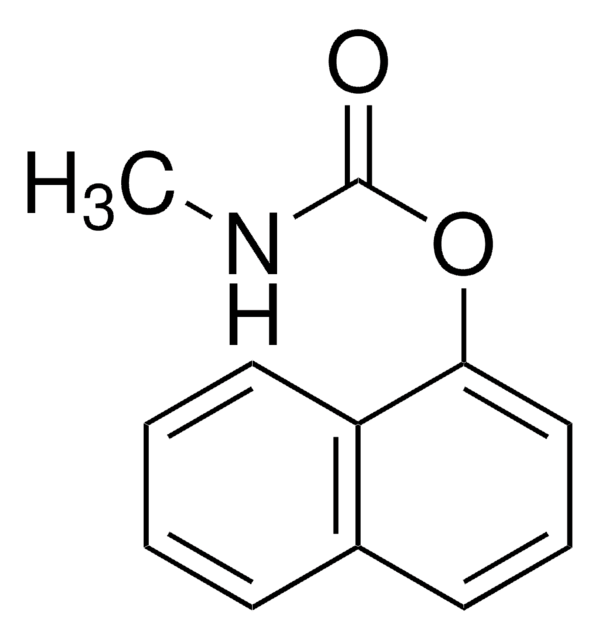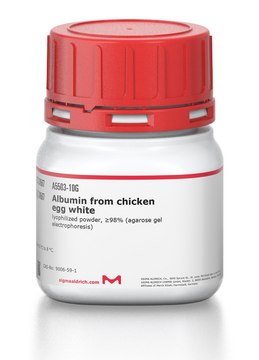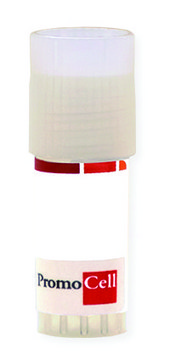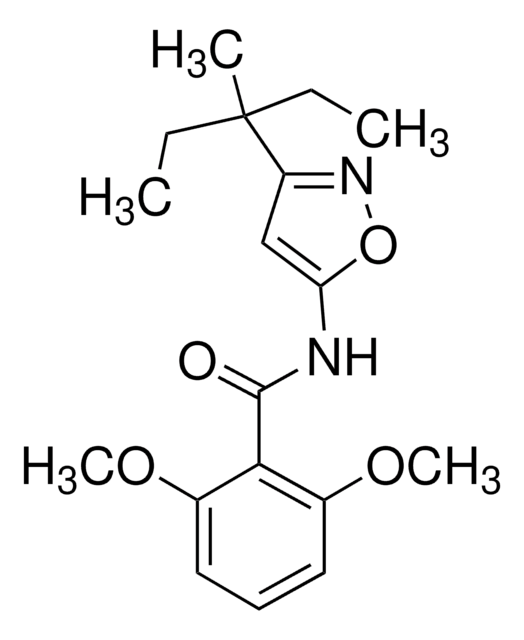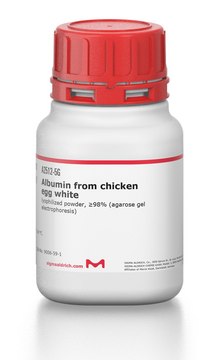32719
Quinoclamine
PESTANAL®, analytical standard
Synonym(s):
2-Amino-3-chloro-1,4-naphthoquinone
About This Item
Recommended Products
grade
analytical standard
Quality Level
product line
PESTANAL®
shelf life
limited shelf life, expiry date on the label
technique(s)
HPLC: suitable
gas chromatography (GC): suitable
application(s)
agriculture
environmental
format
neat
SMILES string
NC1=C(Cl)C(=O)c2ccccc2C1=O
InChI
1S/C10H6ClNO2/c11-7-8(12)10(14)6-4-2-1-3-5(6)9(7)13/h1-4H,12H2
InChI key
OBLNWSCLAYSJJR-UHFFFAOYSA-N
Looking for similar products? Visit Product Comparison Guide
Related Categories
1 of 3
This Item | Z742985 | Z742992 |
|---|---|---|
| material stainless steel bath (Insulated) | material stainless steel bath (Insulated) | material stainless steel bath (Insulated) |
| capacity 14 L (19 L) | capacity 13 L (17 L) | capacity 17 L (27 L) |
| temperature measuring range 20-100 °C | temperature measuring range 20-100 °C | temperature measuring range 20-100 °C |
| external W × L × H 38 cm × 58 cm × 42 cm | external W × L × H 38 cm × 40 cm × 47 cm | external W × L × H 38 cm × 58 cm × 47 cm |
| manufacturer/tradename Julabo 9011419 | manufacturer/tradename Julabo 9011417 | manufacturer/tradename Julabo 9011427 |
| packaging pack of 1 ea | packaging pack of 1 ea | packaging pack of 1 ea |
General description
Application
- Honeybees by dispersive solid-phase extraction (dSPE), followed by liquid and gas chromatography coupled with tandem mass spectrometry (LC-MS/MS and GC-MS/MS).[2]
- Chlorophyll-containing matrix by dSPE and GC-MS/MS.[3]
Recommended products
Legal Information
signalword
Warning
Hazard Classifications
Acute Tox. 4 Oral - Aquatic Acute 1 - Aquatic Chronic 1 - Carc. 2 - Eye Irrit. 2 - Repr. 2 - Skin Sens. 1A - STOT RE 2
target_organs
Blood,Kidney
Storage Class
11 - Combustible Solids
wgk_germany
WGK 3
flash_point_f
Not applicable
flash_point_c
Not applicable
ppe
Eyeshields, Faceshields, Gloves, type P2 (EN 143) respirator cartridges
Choose from one of the most recent versions:
Certificates of Analysis (COA)
Don't see the Right Version?
If you require a particular version, you can look up a specific certificate by the Lot or Batch number.
Already Own This Product?
Find documentation for the products that you have recently purchased in the Document Library.
Related Content
We have applied our revolutionary CompoZr Zinc Finger Nuclease technology to create an unparalleled range of genetically modified mammalian cell lines for use in areas, such as target validation, drug discovery and drug development.
Our team of scientists has experience in all areas of research including Life Science, Material Science, Chemical Synthesis, Chromatography, Analytical and many others.
Contact Technical Service
